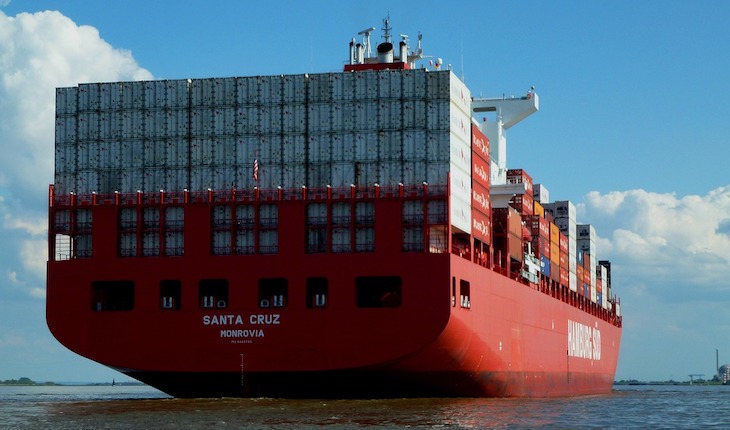The Panama Canal – Expanding to meet the need of mega ships

03 Feb 2017
With Durban being the busiest port in Africa, and Panama canal being one of the busiest shipping lanes in the world, we look at the development this bustling crossing lane and its importance to the maritime industry.
The 102-year-old Panama Canal, a man–made edifice that links the Atlantic Ocean with the Pacific Ocean, represented a revolution in international maritime trade and gave birth to the construction of Panamax and post–Panamax vessels.
It has been referred to by the American Society of Civil Engineers as “…one of the seven wonders of the modern world…”.
France took the lead on the canal project in 1881. The project suffered due to insufficient and incompetent planning, engineering issues and diseases that laid waste to thousands of labourers as well as the bankruptcy of the French firm initially tasked with it. In total, more than 25 000 workers died on the project. The largest such undertaking ever for its time, the project was eventually taken over by the United States and the canal was opened in 1914.
Prior to the canal being built, the only option was the lengthy, hazardous Cape Horn route around the southern tip of South America via the Drake Passage or Strait of Magellan. The canal created an important shortcut for ships. After the canal was constructed, a vessel sailing between New York and California was able to trim nearly 13 000kms from its voyage and the added safety of the vessel, crew and cargo was a bonus to shipowners and cargo owners.
In 1914, when the canal opened, the annual traffic was approximately 1000 ships. By 2008, that figure had climbed to 14 702.
American ships use the canal the most, followed by those from China, Chile, Japan, Colombia and South Korea. Each vessel transiting the canal pays a toll which is calculated based on the vessel’s size and cargo volume. The lowest toll ever paid was 36 cents by American adventurer Richard Halliburton in 1928, who swam the canal. Today, some $1.8 billion in tolls are collected annually, with tolls for the largest vessels running to US$ 450 000.
On average, it takes a ship between 8 and 10 hours to pass through the canal. While moving through it, a system of locks raises each ship 85 feet above sea level. Ship captains aren’t allowed to transit the canal on their own. A specially trained canal pilot takes navigational control of each vessel to guide it through the waterway. In 2010, the 1 millionth vessel crossed the canal since it first opened in 1914.
With the rapid increase in the size of vessels, particularly container vessels, the realisation was reached that the canal needed to be expanded to accommodate the new generation of vessels, or else the canal faced the prospect of stagnancy and eventual deterioration.
In 2007, work began on the Third Set of Locks expansion project, estimated to have cost in the region of US$ 5.25billion, that would enable post Panamax vessels to traverse the canal. The original Panamax vessels were able to traverse the 110 feet wide and 1 000 feet long locks. The expanded canal is now able to accommodate cargo vessels carrying 14,000 20-foot containers. The new larger size of ships, called New Panamax, are about one and a half times the previous Panamax size and can carry over twice as much cargo.
However, while the new locks will be able to fit many modern ships, they still won’t be super-sized enough for some vessels, such as Maersk’s Triple E class ships, the planet’s biggest container ships, which measure 194 feet wide and 1 312 feet long, with a capacity of 18 000 20-foot containers.
The Washington Post described the expansion project as follows: “Like the channel that opened in 1914, the enlarged Panama Canal is a feat of engineering, albeit one that ran over budget and two years behind schedule. The contractors dredged enough material to fill the Egyptian Great Pyramid at Giza, one of the seven wonders of the ancient world, 25 times over. The amount of steel used could have erected 29 new Eiffel Towers. The Empire State Building could lie down and fit into just one of the three chambers in each of the new channel’s locks.”
The Panama Canal is the only one of its kind and the ability of the powers that run it to adapt to changes in trade bodes well for continued growth. Despite murmurs of other such canals being contemplated, none of those ideas have come to fruition and naysayers who doubted the ability of the pilots to guide the larger vessels through the expanded canal have also been silenced for the time being.
(This article is provided for informational purposes only and not for the purpose of providing legal advice. For more information on the topic, please contact the author/s or the relevant provider.)
